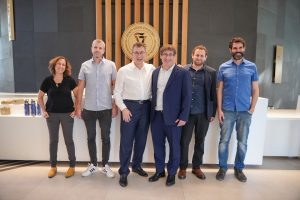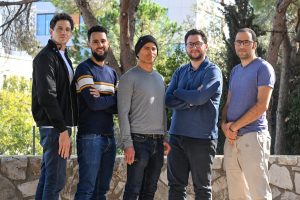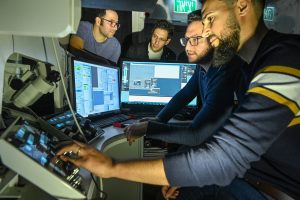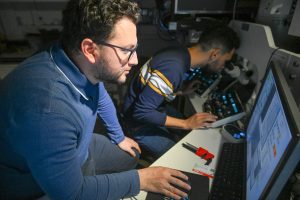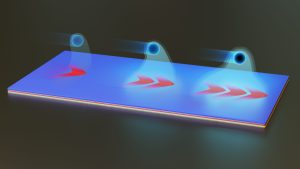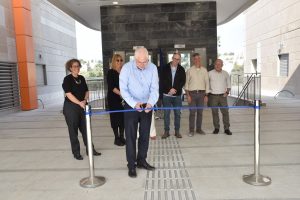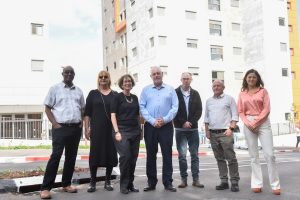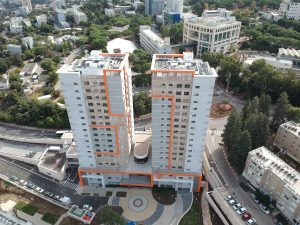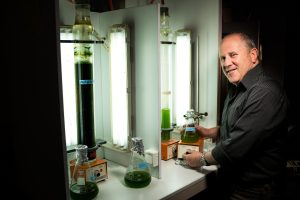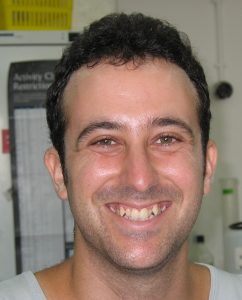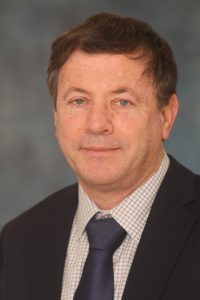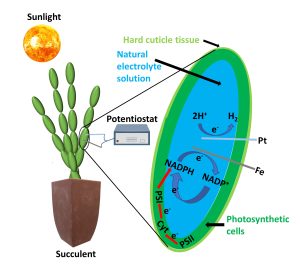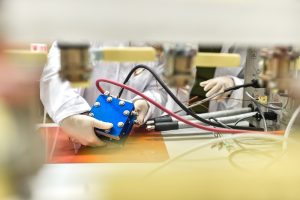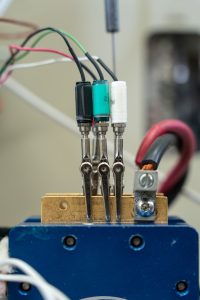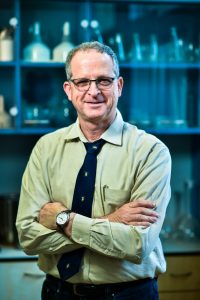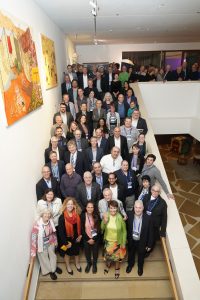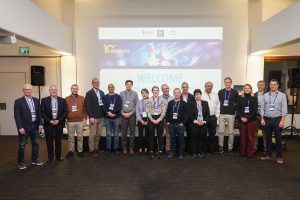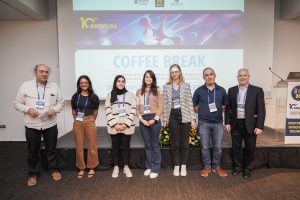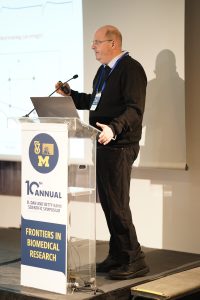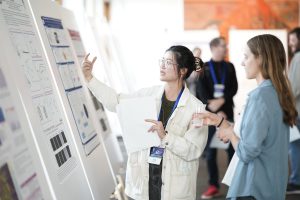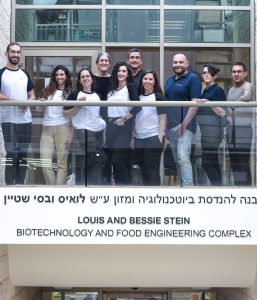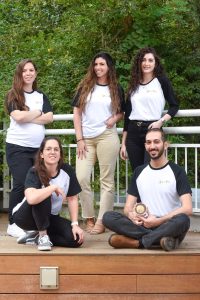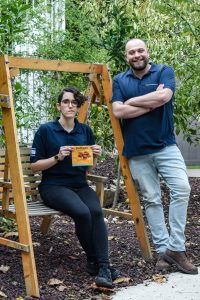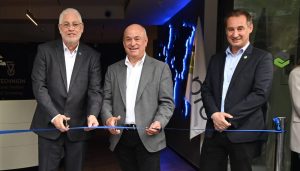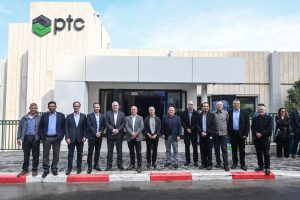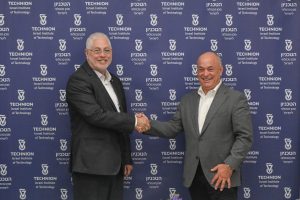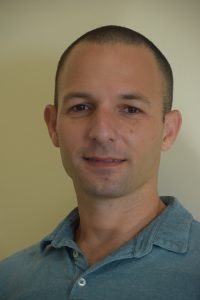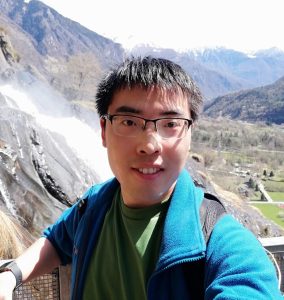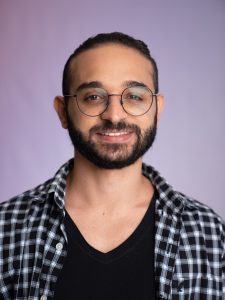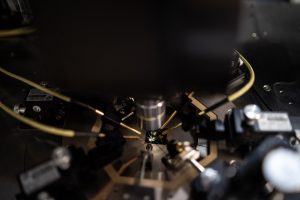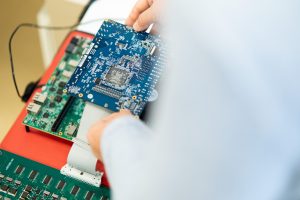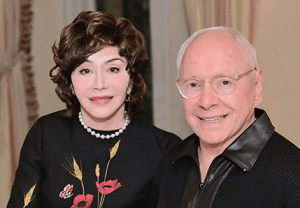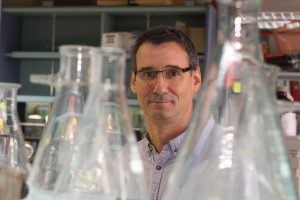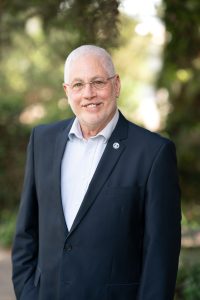Technion-Israel Institute of Technology and Pfizer, one of the world’s premier biopharmaceutical companies, recently signed a collaboration framework agreement to identify opportunities to collaborate and bring forward scientific breakthroughs at the interface between artificial intelligence and drug development.
The framework agreement was finalized during the visit of a delegation from Pfizer to the Technion. The delegation was led by Pfizer Chairman and CEO, Dr. Albert Bourla, and included Dr. Mikael Dolsten, Chief Scientific Officer and President, Worldwide Research, Development and Medical; Lidia Fonseca, Executive Vice President and Chief Digital and Technology Officer; and other senior executives. Pfizer leaders met with the Technion President Professor Uri Sivan, members of the Technion’s senior management and Technion faculty members from the fields of life sciences and engineering.
Pfizer, a biopharmaceutical company with 170 years of experience developing innovative medicines and vaccines, has made an enormous impact on global health in recent years through its development, with BioNTech, of vaccines that help protect against the COVID-19 virus. In addition to its internal drug discovery efforts, Pfizer regularly collaborates with the biotech industry and academia to identify research and technologies that could lead to scientific breakthroughs. The framework agreement with the Technion is consistent with the Institute’s ambition to advance technological and medical developments by identifying new technologies and various digital tools with potential industrial application.
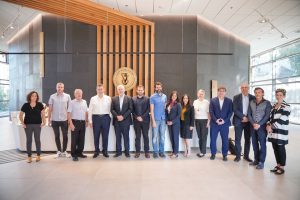
“Human health is one of the grand challenges facing humanity in the 21st century,” said Technion President Prof. Uri Sivan. “Like other global challenges, today’s scientific and technological breakthroughs require multidisciplinary research and close cooperation between academia and industry. We recently launched Tech.AI, Technion’s Artificial Intelligence Hub, to serve as the main Technion platform providing faculty & students from all Technion units with the best possible access to the forefront of AI research and application. Cooperation with industry, where the great challenges lie, is vital to an undertaking of this kind, and I am therefore looking forward to Pfizer’s potential contributions to this mission.”
During their visit, the guests met leading Technion researchers working in the field of AI in the context of human health: Associate Professor Shai Shen-Orr from the Rappaport Faculty of Medicine; Professor Tomer Shlomi from the Henry and Marilyn Taub Faculty of Computer Science; Assistant Professor Dvir Aran from the Faculty of Biology and the Taub Faculty of Computer Science; Assistant Professor Noga Ron-Harel from the Faculty of Biology; and Assistant Professor Uri Shalit from the Faculty of Data and Decision Sciences.
According to Prof. Shai Shen-Orr, “the Technion is a leading institution in the field of AI, ranked first in Europe in this field by CS ranking. Our Tech.AI center brings together the Technion’s activity in this field. We are extremely thrilled with the agreement with Pfizer, which will offer Technion researchers close encounters with real-world challenges in drug development, help identify potential applications of AI to drug research and development and expand the Technion’s capabilities in translational research.”
